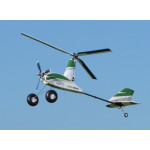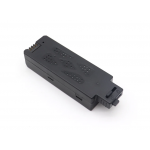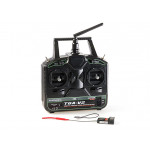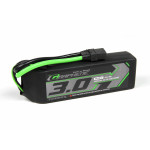
In this article, we cover the basics when it comes to key concepts for building the right multicopter.
By understanding the key concepts, you will be able to make a more informed decision when it comes to buying components and how they relate. Depending on the type of flying you plan to do i.e. FPV racing or aerial photography, the components differ in some ways. Risk of buying the wrong components is potential damage to the multicopter. For instance, if you use a prop that is too big for the motor or ESC (drawing too many amps), you could burn out the ESCs and crash or do some damage to the motors or battery. Provided below are some of the basics you will need to be familiar with as a foundation regardless of the path you choose of building a multicopter or buying one ready to fly.
Efficiency
Flying for long periods is generally at the top of every hobbyist list. This allows you to have more fun and take that video or those pictures without having to land and fit another battery. Efficiency is determined while taking the following main factors into consideration:
The overall weight of your multicopter
When building a multicopter, the overall weight needs to be considered by calculating the weight of all the components on the multicopter including the battery. It may be that you wish to carry a camera and gimbal- you will need to get the individual weight of everything and add it up. The weight is important when taking thrust into account. You can use the following as an average guide:
- 3:1 - Moderate power enough for a beginner to learn basic flying
- 5:1 - Is much more responsive and a great starting point for aerobatics
- 5+:1 - Anything higher than 5:1 is for racing and or aerobatics
Prop, motor, ESC, and battery combination
Having the right prop, motor, ESC, and battery combination is really important for efficiency, performance and to avoid electrical damage to components. When purchasing a ready to fly multicopter, the components are matched perfectly for the type of multicopter you have purchased i.e. photography drone configured for efficiency, racing drone configured for agility and speed. If you’re building your own multicopter, you have the choice of purchasing a matched prop, motor, and ESC combination. Although it’s slightly more expensive, the hard work is done for you and you can rest assured you have the best possible combination but you still have to take weight into account. If you’re planning on creating your own combination, there are ways you can do this, as pictured below:
Written by Thomas
Hear it First: Join our Mailing List
Sign up to receive new product updates, exclusive discounts, news, and more!







